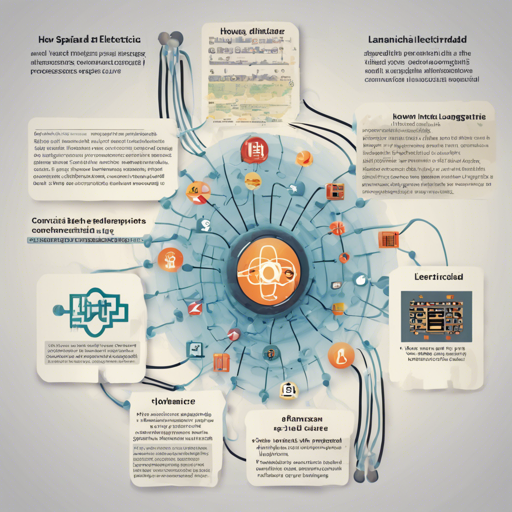The **Electricidad-base-discriminator** is a remarkable model designed for language representation learning, particularly effective in the Spanish language. Its foundation lies in the ELECTRA architecture, which utilizes a novel self-supervised method to pre-train transformer networks efficiently. In this guide, we dazzle you with how to implement and benefit from this powerful model in your projects.
Understanding the Architecture
Think of the ELECTRICIDAD model as a restaurant chef. In this scenario, the real input tokens are high-quality ingredients, while fake input tokens are those that do not belong in the dish. The ELECTRA model, much like our chef, is trained to differentiate between these two—ensuring only the best ingredients (real tokens) are used to create a meal (sentence). This very process of discerning the quality ingredients helps the model learn robust language representations.
Setting Up Your Environment
Before diving into the code, ensure you have the following prerequisites:
- Python installed on your machine
- The Transformers library by Hugging Face
- Pytorch for handling tensors
Implementing the Model
To get started, you will need to use the following Python code snippet:
python
from transformers import ElectraForPreTraining, ElectraTokenizerFast
import torch
discriminator = ElectraForPreTraining.from_pretrained('mrm8488/electricidad-base-discriminator')
tokenizer = ElectraTokenizerFast.from_pretrained('mrm8488/electricidad-base-discriminator')
sentence = "El rápido zorro marrón salta sobre el perro perezoso"
fake_sentence = "El rápido zorro marrón amar sobre el perro perezoso"
fake_tokens = tokenizer.tokenize(fake_sentence)
fake_inputs = tokenizer.encode(fake_sentence, return_tensors='pt')
discriminator_outputs = discriminator(fake_inputs)
predictions = torch.round((torch.sign(discriminator_outputs[0]) + 1) / 2)
[print("%7s" % token, end=" ") for token in fake_tokens]
[print("%7s" % prediction, end=" ") for prediction in predictions.tolist()]
How It Works
By running this code, you’re taking a fake Spanish sentence and passing it through the ELECTRICIDAD model. The model’s output will demonstrate which tokens are deemed “fake.” This is achieved through the predictions, where ‘1’ signifies the detection of a fake token.
Performance Metrics
The model showcases impressive evaluation metrics:
- Accuracy: 0.985
- Precision: 0.726
- AUC: 0.922
Fine-Tuning for Specific Tasks
This model can be tailored for specific downstream tasks such as:
Troubleshooting Tips
If you encounter issues while implementing the model, consider the following troubleshooting strategies:
- Ensure that the correct version of the Transformers library is installed.
- Check your Python environment for compatibility with the required libraries.
- Review your syntax; even minor mistakes can lead to significant errors.
- For more insights, updates, or to collaborate on AI development projects, stay connected with fxis.ai.
Conclusion
At fxis.ai, we believe that such advancements are crucial for the future of AI, as they enable more comprehensive and effective solutions. Our team is continually exploring new methodologies to push the envelope in artificial intelligence, ensuring that our clients benefit from the latest technological innovations.

